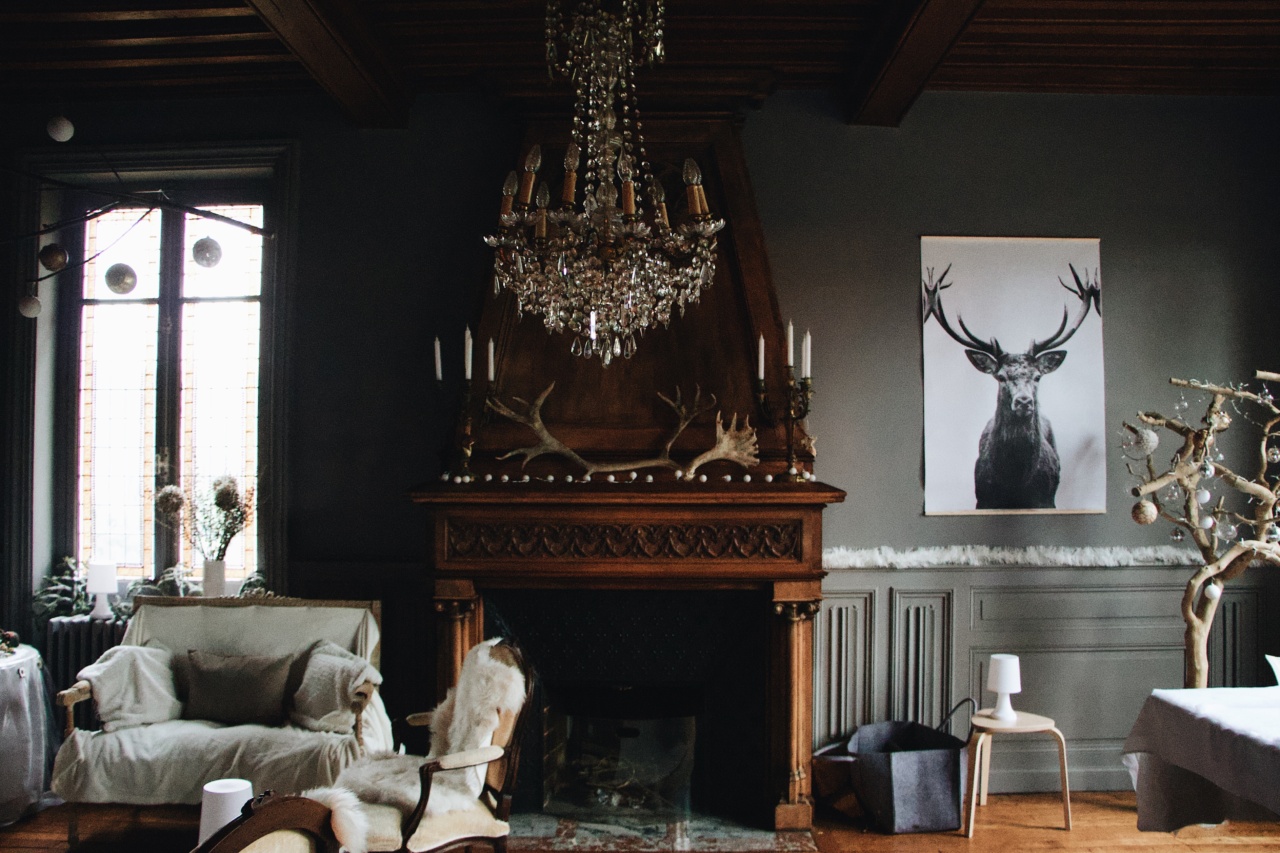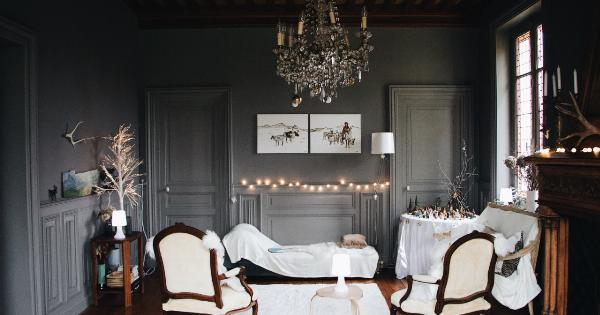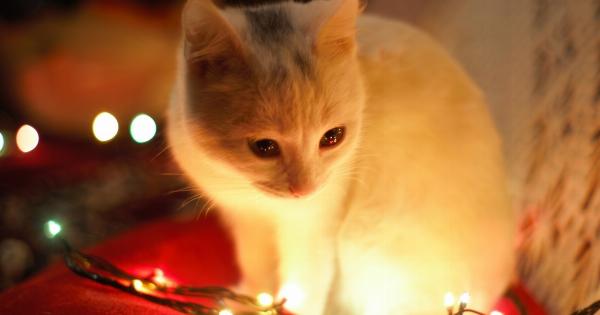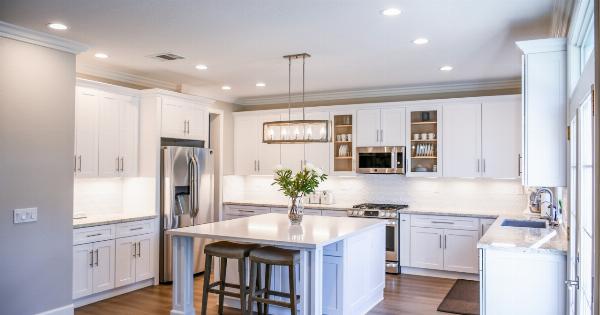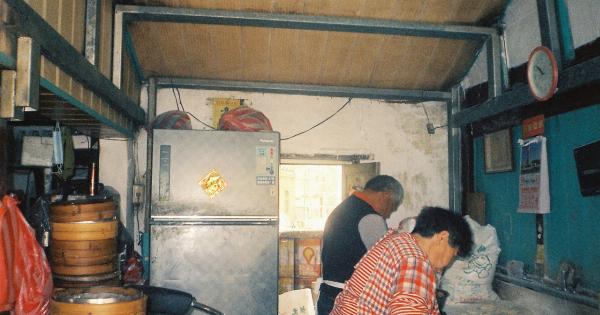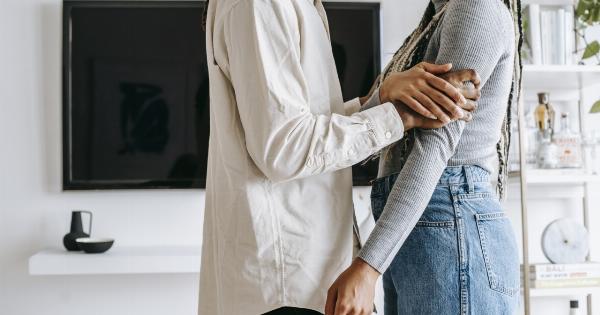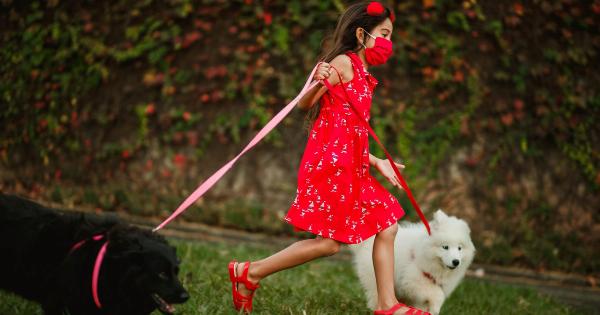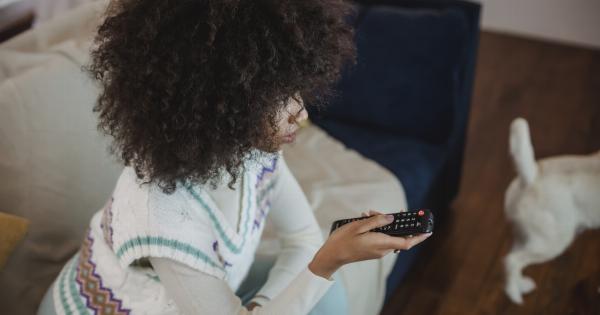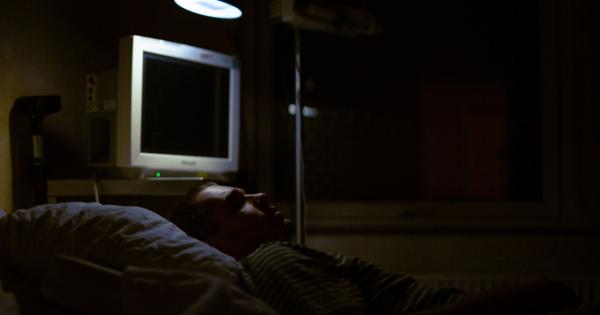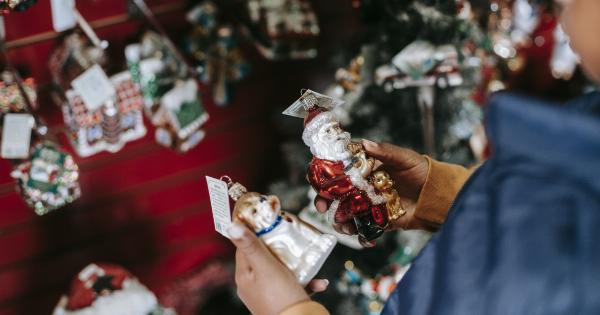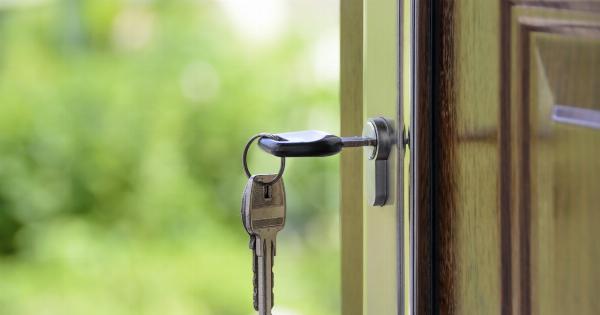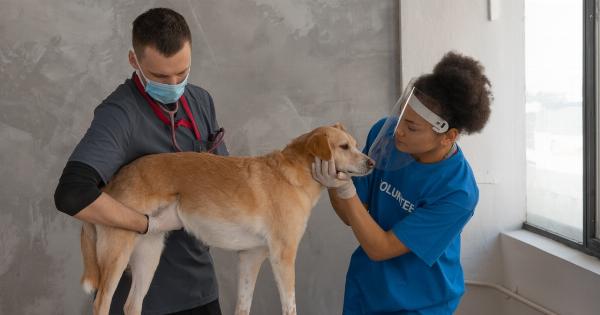A fireplace adds warmth, beauty, and ambience to any home. The crackling sound of burning wood and the dancing flames create a cozy and inviting atmosphere.
However, as appealing as the idea of lighting a fireplace may be, it requires caution and careful consideration. When not managed properly, a lit fireplace can pose serious safety hazards and health risks. In this article, we will discuss the reasons why lighting a fireplace at home requires caution.
1. Fire Hazards
Fire hazards are one of the primary concerns when it comes to lighting a fireplace. Improper use or neglect can result in accidental fires that can quickly spread through a home.
The flames can ignite nearby objects, such as combustible materials, furniture, or carpets, leading to devastating consequences. It is crucial to follow safety guidelines and ensure the fireplace is properly maintained to minimize the risk of fire hazards.
2. Carbon Monoxide Poisoning
Another significant danger of lighting a fireplace is the risk of carbon monoxide poisoning. Carbon monoxide is a colorless, odorless gas that is produced when fuel, such as wood or gas, is burned.
If the fireplace is not properly ventilated or there is a blockage in the chimney, carbon monoxide can accumulate in the home, leading to severe health issues or even death. It is essential to install a carbon monoxide detector and regularly inspect and clean the chimney to prevent the buildup of this toxic gas.
3. Smoke Inhalation
Smoke inhalation is a common risk associated with lighting a fireplace. Breathing in smoke can cause various health problems, especially for individuals with respiratory conditions such as asthma or allergies.
Additionally, smoke can irritate the eyes, throat, and lungs, leading to coughing, wheezing, or difficulty breathing. Ensuring proper ventilation and using well-dried and seasoned wood can help minimize the amount of smoke produced.
4. Sparks and Embers
When a fire is burning in the fireplace, sparks and embers can fly out and potentially ignite flammable objects in the room.
It is essential to use a fireplace screen or glass doors to prevent these sparks from reaching nearby items, such as furniture or flammable décor. Regularly cleaning the fireplace and removing any debris or buildup can also help reduce the chances of sparks and embers escaping.
5. Risk of Burns
The open flames of a fireplace pose a significant risk of burns, especially for children and pets who may unknowingly get too close to the fire. Touching the hot surfaces of the fireplace, such as the metal grate, can cause severe burns.
It is crucial to establish a safe boundary around the fireplace, using safety gates or barriers, and educate children and pets about the potential dangers to prevent accidents and injuries.
6. Structural Damage
Lighting a fireplace without proper precautions can lead to structural damage in your home. Over time, the intense heat from the fire can weaken the mortar between the bricks in the chimney, leading to cracks or even collapse.
Regular chimney inspections and maintenance can help identify and address any potential structural issues before they escalate, ensuring the safety and integrity of your home.
7. Creosote Buildup
Creosote is a black, sticky substance that forms when wood or coal is burned. It can accumulate inside the chimney and create a fire hazard. Creosote is highly flammable and can ignite easily if the temperature inside the chimney becomes too high.
Regular chimney cleanings can remove creosote buildup and reduce the risk of chimney fires. It is recommended to have your chimney inspected and cleaned at least once a year by a professional.
8. Electrical Hazards
If you have an electric fireplace, be mindful of the potential electrical hazards. Faulty wiring or improper installation can lead to electric shocks or even start an electrical fire.
Always consult a professional electrician for installation and repairs to ensure proper wiring and adherence to electrical codes and safety standards.
9. Pet Safety
When lighting a fireplace, it is crucial to consider the safety and well-being of your furry friends. Pets might be curious about the fire and can easily get burned by getting too close.
Additionally, they may try to play with the fireplace tools or accidentally knock over flammable objects nearby. Pet-proofing the fireplace area by using safety gates or keeping pets in a separate room can prevent accidents and injuries.
10. Lack of Experience
Lastly, if you are inexperienced in lighting and maintaining a fireplace, it is essential to exercise caution. Properly handling firewood, lighting techniques, and extinguishing the fire safely require knowledge and practice.
It is recommended to seek guidance from professionals, attend fire safety courses, or consult reputable resources to educate yourself on the best practices for using and maintaining a fireplace.
Conclusion
The beauty and warmth provided by a fireplace can enhance the comfort of any home. However, it is crucial to prioritize caution and safety to prevent accidents, injuries, and property damage.
By following safety guidelines, regularly maintaining the fireplace, and educating yourself about potential risks, you can enjoy the benefits of a fireplace while minimizing the hazards it may pose.
